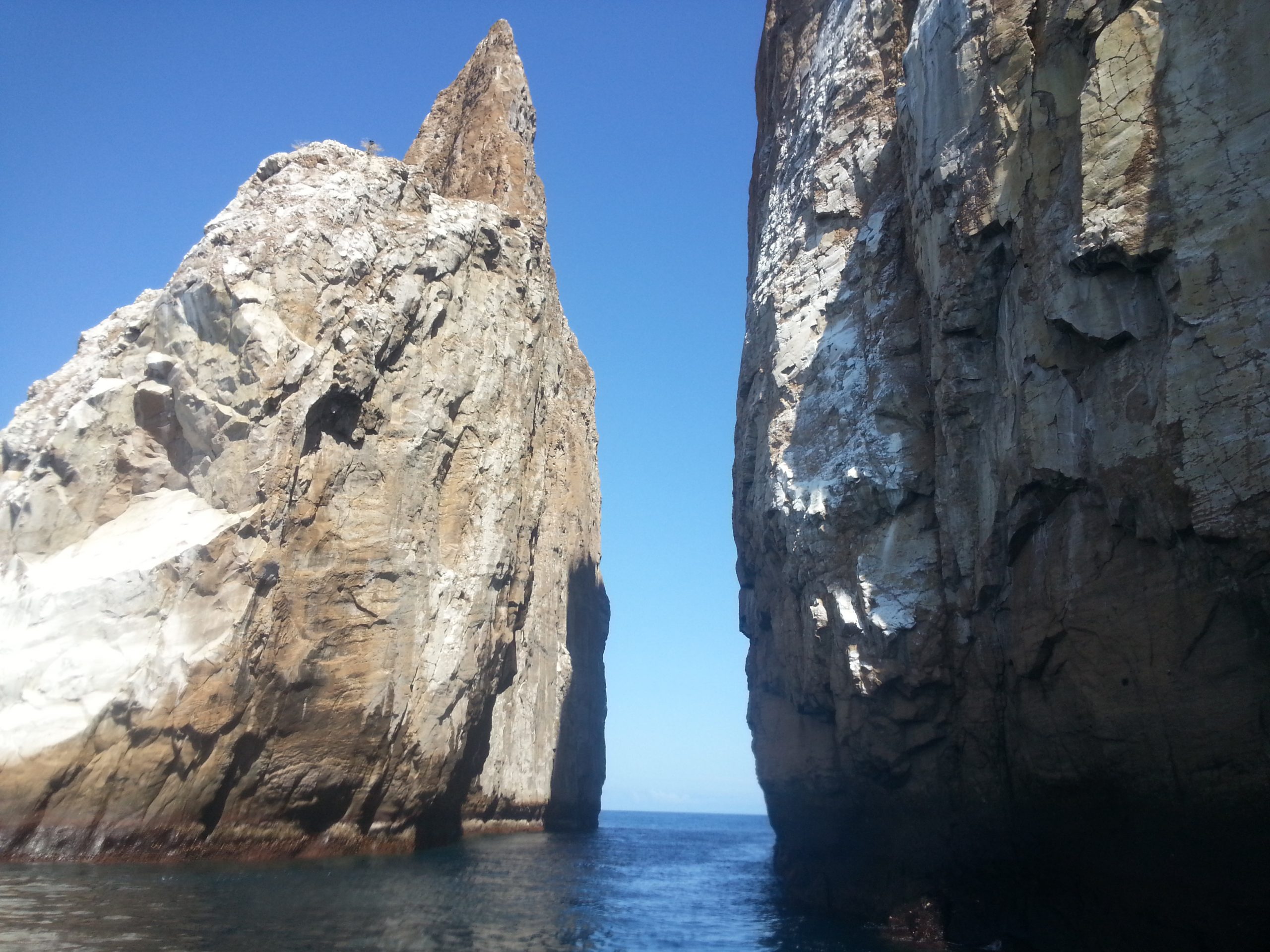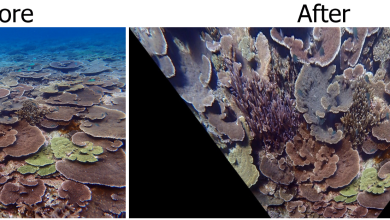Galapagos Field Course: A Living Laboratory
“Thus, from the war of nature, from famine and death, the most exalted object which we are capable of conceiving, namely, the production of the higher animals, directly follows. There is grandeur in this view of life, with its several powers, having been originally breathed into a few forms or into one; and that, whilst this planet has gone cycling on according to the fixed law of gravity, from so simple a beginning endless forms most beautiful and most wonderful have been, and are being, evolved.”
—Charles Darwin, On the Origin of Species
Ever since Darwin wrote On the Origin of Species, the Galapagos Islands have been a prime example for evolution and adaption in the world of science — a living laboratory. This past summer, I was fortunate enough to have been able to go to the Galapagos as part of a field course taught by Professor Bush. We spent over a week on the islands snorkeling, hiking and seeing all that the Galapagos have to offer.

So, I expected the Galapagos to be mostly green and jungly because it’s located in the tropics. And while it definitely is in some places, I found out that the Galapagos Islands are actually home to a variety of differing environments, such as the more lush green landscapes like I expected to see (like with El Junco lake above), but it also has the more arid desert-like environments like those below.

These different environments let us see all kinds of different animals. I felt privileged to be able to see so many of the famous animals of the Galapagos, such as the giant tortoises, the marine and land iguanas and blue-footed boobies. We even got to see a blue-footed booby mating dance, which is super adorable, in case you weren’t aware.



On every island, we were constantly greeted by one particularly omnipresent and friendly animal — the sea lion. Park benches, docks, sidewalks, playgrounds, in the water. They were everywhere and they were incredibly playful and pretty mischievous.

In addition to all the sight-seeing, we also got to know our tour guides, Carlos and Gustavo, pretty well, as well as Manolo, the owner of SharkSky, the travel agency we booked the trip through. All three are from the Galapagos and would often meet up with us and show us around or hang out with us, which was a lot of fun and let us see a little bit more of the islands than just the typical tourist view.

This trip was really illuminating because all of our sites were accompanied with new articles or journal articles about either the site or the Galapagos. Between reading those and listening to what our tour guides had to say about the sites and growing up in the Galapagos, I really had a lot to think about and I think that my trip to the Galapagos reminded me a lot about why I choose to study environmental science and humanities. I think that is one of the most important things that come with studying abroad. If you have the chance to do so, you should take it. I promise it will be worth it.






Excellent article Ashley! Thank you very much for sharing your experiences. It was very educational!